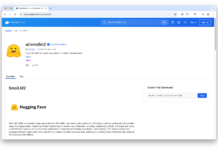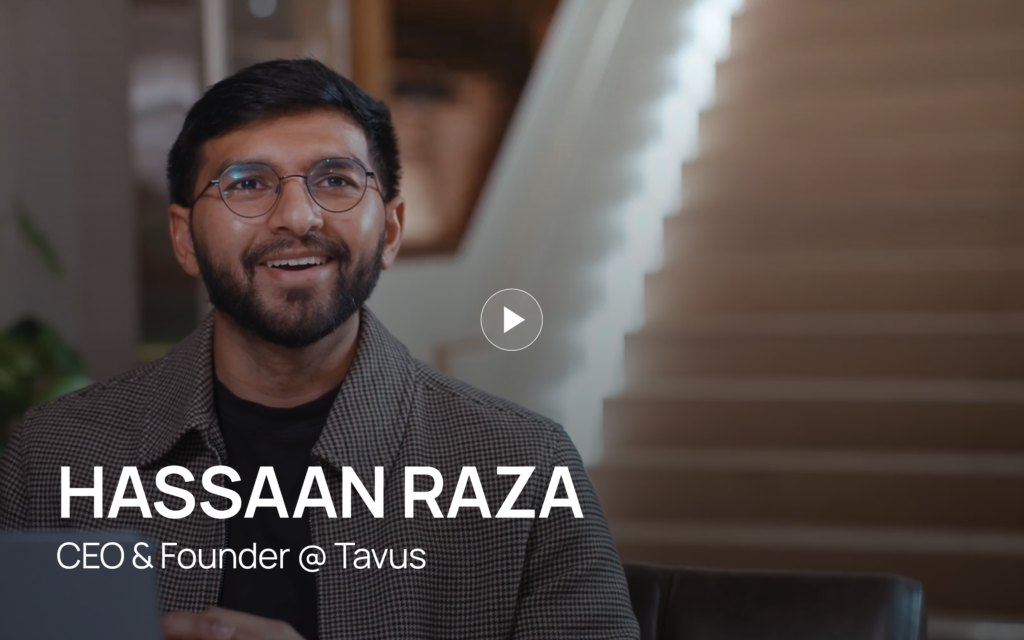Tavus.io: Revolutionizing Digital Twin Video Experiences with AI
In the rapidly evolving field of artificial intelligence, Tavus.io stands out as a pioneering company specializing in creating realistic video experiences through advanced AI models. Their innovative Phoenix-2 model is at the forefront of generating highly lifelike digital twin videos, complete with synchronized facial movements and expressions. This cutting-edge technology serves various applications, including asynchronous video generation and real-time conversational video experiences, marking a significant leap forward in how we interact with digital content.
Creating Realistic Conversations
One of the primary challenges in developing lifelike digital experiences is creating conversations that feel natural and seamless. In human interactions, even a slight delay of a few hundred milliseconds can disrupt the flow, making the conversation feel disjointed or unnatural. This is why it is crucial for systems to process each step swiftly, from video analysis and speech recognition to processing language models (LLMs) and converting text to speech (TTS). The faster each of these processes is completed, the more natural and engaging the conversation becomes.
To address this challenge, Tavus has developed a sophisticated system known as the Conversational Video Interface (CVI). This optimized pipeline integrates several advanced technologies, including WebRTC, vision models, speech recognition models, LLMs, and TTS models. At the heart of this system lies Tavus’s custom Phoenix models, which ensure high-quality streaming replicas of the digital twin videos.
Within the CVI pipeline, the LLM chat completion emerges as the most time-consuming component, particularly when operating on powerful servers like A100s. Despite their capabilities, these systems can still introduce noticeable delays if not optimized correctly. The LLM is key to generating accurate and timely responses, and any latency at this stage directly impacts the overall response time. Reducing this latency is crucial for delivering fast and engaging interactions.
The delay in LLM responses affects all subsequent steps, such as converting the text back to speech and generating the final video output. Any lag in the LLM process is compounded by these additional steps, increasing the time from when a user inputs a command to when the video output is delivered.
In applications like Tavus, where the goal is to replicate a live person, maintaining a sense of realism is not just about the accuracy of the content but also about how responsive the system feels. A swift response time is essential for preserving the illusion of a real-time, interactive conversation.
Measuring LLM Latency in the CVI Pipeline
For Tavus, two critical metrics are essential for maintaining a natural flow in conversations: Time to First Token (TTFT) and Token Output Speed (TPS). These metrics help model the total LLM latency in Tavus’s CVI pipeline, which can be expressed as:
Total LLM latency = (20 / TPS) + TTFT.
In this equation, TTFT refers to the time delay before the first token is generated. Minimizing this delay ensures that the system responds quickly, which is vital for real-time interactions. On the other hand, TPS measures the speed at which the remaining tokens are generated after the first one. The number 20 represents the minimum token length required before the output can be passed to the text-to-voice model, ensuring a coherent and complete audio response for the user.
Optimizing both TTFT and TPS is crucial for reducing overall LLM latency, thereby enhancing the user experience.
Enhancing Realistic Conversations with Cerebras’s Fast Inference
Tavus has made significant strides in reducing LLM latency by integrating Cerebras’s inference engine into their conversational video interface. Cerebras offers the fastest inference for the Llama 3.1-8B model, capable of processing tokens at a remarkable rate of 2000 tokens per second (TPS) with a TTFT of just 440 milliseconds.
By reducing the TTFT by 66%, Tavus has significantly minimized the initial response delay, allowing the system to react more swiftly to user input. This improvement has a direct impact on the overall conversational flow, particularly in real-time, interactive scenarios. Furthermore, by increasing the TPS by 300%, Tavus is able to generate the remaining tokens much faster, further reducing the time needed to complete longer responses.
As a result, Tavus has achieved a reduction in LLM latency by 100-1000%, leading to more seamless interactions. This reduction in latency ensures that the end-to-end pipeline—from LLM context completion to TTS and video generation—runs smoothly, providing users with a more lifelike and responsive experience.
Summary of Improvements
The integration of Cerebras’s fast inference capabilities has led to several key improvements for Tavus:
- TTFT Reduction: 66% (from 300ms to 100ms)
- TPS Increase: 300% (from 1/30ms to 1/10ms)
- Overall LLM Latency Reduction: 100-1000%
By leveraging Cerebras’s advanced inference technology, Tavus has not only enhanced the speed of response generation but also improved the overall user experience by making interactions feel more natural and immediate. With these optimizations, Tavus continues to lead the field in creating hyper-personalized video experiences powered by advanced AI technologies.
For those interested in experiencing Cerebras’s super-fast inference speeds, more information can be found at cloud.cerebras.ai.
In summary, Tavus’s innovative use of AI technologies is revolutionizing digital twin video experiences. By overcoming the challenges of creating realistic and responsive conversations, Tavus is paving the way for more engaging and lifelike digital interactions.
For more Information, Refer to this article.


































![Samsung’s Breakthrough Fuels Progress in Science and Industry: Interview How Samsung’s Engineering Feat Became a Catalyst for Scientific and Industry Advancement [Interview on Real Quantum Dots Part 2.]](https://www.hawkdive.com/media/samsung-tvs-and-displays-samsung-quantum-dots-technology-qled-tvs-quantum-dots-experts-interview-par-218x150.jpeg)